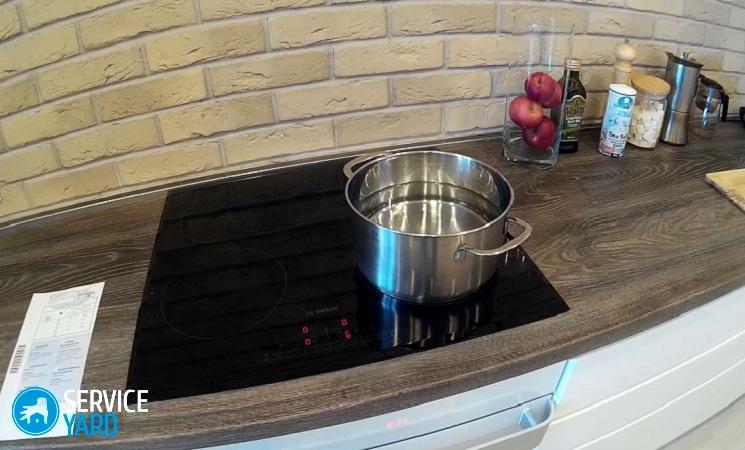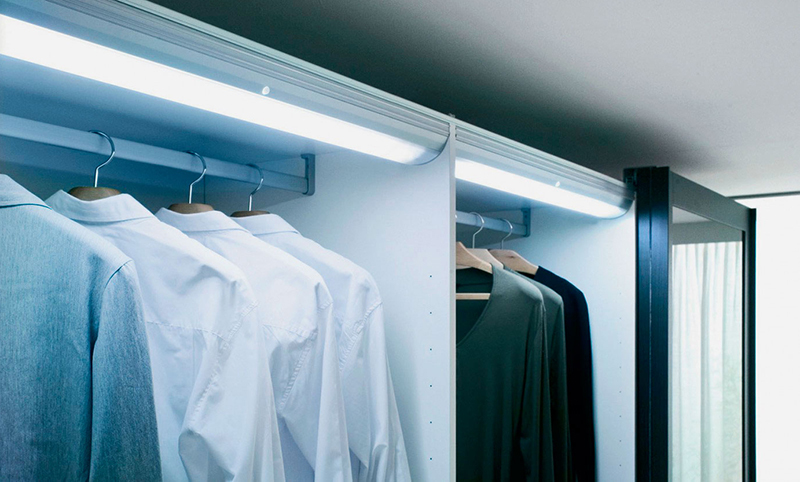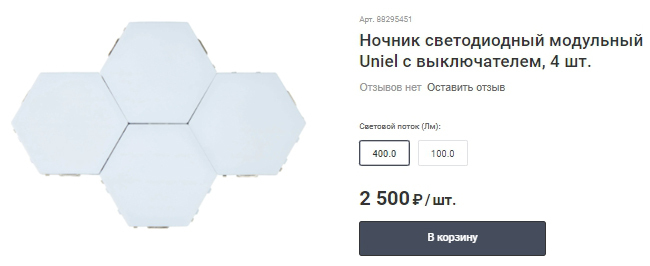
- What is better - an induction or glass ceramic hob?
- What should I choose?
Need to replace the stove in the kitchen? Naturally, there is a desire to acquire something functional, reliable and modern. Among the huge number of offers, one of the leaders is induction and glass ceramic plates. Which option should I prefer? Which of these boards is more reliable and functional? The answer is not easy, because in fact, each of them deserves attention and is suitable for one or another mistress. The choice depends on many factors, which ones - we will understand in this article. So, which plate is better - induction or glass-ceramics, why and for whom?
to the contents ↑What is better - an induction or glass ceramic hob?
These two types of plates pushed the "old-timers" of the kitchen, having protruding heaters. Both options look quite respectable. Externally, these plates are similar to each other, but they have different ways of heating. For this reason, they have their own shortcomings and advantages.
Glass ceramics
These models are distinguished by such a device:
- Different models of glass-ceramic plates can use heating elements of tape, spiral or halogen type.
- The hob is a one piece sheet made of glass ceramics.
- Heating elements are located directly under the hob.
To analyze which plate is better - induction or glass-ceramic, consider the advantages and disadvantages of the latter.
Advantages:
- Good heat resistance. The plate, having a high resistance to high temperatures, withstands a 600-degree load.
- Durability, shock resistance.
- Low power consumption. This is a kind of saving tool.
- Quick cooling of the hob. By changing the position of the switch, it is possible to maintain the dynamic heating of the burner.
- Control over the heating zone - it is possible to adjust the heating area for different sizes of dishes.
- Possibility to use utensils of various configurations.
- Additional functionality - it's a timer, automatic cooking, shutting off the plate when boiling, etc.
- Protection from children. This function blocks the kids from accessing the controls and prevents accidents.
Disadvantages:
- Need for special care. In fact, everything is not so difficult. Just need to use special cleaning agents designed for glass ceramics. All other cleaning powders can provoke oxidation and micro-scratching. To remove dirt, you can use a special scraper with a thin blade.
- Need to purchase special utensils. The usual frying pans and pans that are used when cooking on gas stoves are not suitable. It is desirable to get a dish with a flat, thick bottom. In this case, the circumference of the bottom of the dishes should not be less than the area of the heating zone.
Important! The material for making utensils is also very important:
- Ceramics, glass and other materials with low thermal conductivity should be avoided.
- Do not use copper and aluminum cookware, as it leaves marks on the surface.
- The best option is stainless steel and dishes marked "for glass ceramics."
Induction cookers
- The induction heating method is an innovation in the development of kitchen appliances: The heating element is replaced by an electromagnetic coil - a source of a powerful magnetic field.
- It generates a high-frequency eddy current, which provides heating of the bottom of the cookware and its contents.
- The material of the cooking surface of induction cookers is the same as that of glass ceramic.
 Advantages of
Advantages of
So, the better the induction hob?
- Low power consumption.
- Rapid heating, which reduces cooking time.
- Safety - due to the lack of heating of the working surface. After you remove the dishes, it remains a little warm.
Important! The microclimate in the kitchen is more comfortable than with the use of electric and gas stoves.
- Ability to select different operating modes. If necessary, you can quickly boil water or fry vegetables with minimal heating.
- Ability to instantly change the temperature( up to 1 degree).
- The cooker does not turn on if you put dishes on it with a bottom diameter of less than 12 cm.
Important! Accidentally left on the stove fork or spoon will not be able to trigger the inclusion. Therefore, if we talk about safety, the answer to the question, the infrared or induction board - which is better, will clearly not be in favor of glass ceramics with a heating element.
Are there any disadvantages?
There are not many of them, but they are available:
- The glass ceramic, from which the cooking surface is made, is a durable but brittle material. Therefore, during installation, it is necessary to observe certain caution.
- It is advisable to install the cooker away from the refrigerator, dishwasher and other metal appliances, as it can cause a malfunction.
- The need to purchase dishes, the bottom of which has ferromagnetic properties( you can check the presence of such properties by applying an ordinary magnet).
- High cost.
- Noise during operation of
How to stop the selection?
So, the comparison is made. Which option is preferable, which burners are better - ceramic or induction?
- If you want to save money, glass ceramics is your choice, because it is cheaper.
- If you want to save time on preparing food and strength while caring for a stove, then it's worth paying attention to the induction device.
Important! The dishes will have to be replaced in both cases. As a temporary option, any metal cookware, tested with a magnet, is suitable for an induction cooker. But the efficiency will be lower than when using pots with a ferromagnetic bottom.
That's how quickly and easily we sorted out with such a very difficult question, which plate is better - induction or glass-ceramic. We hope that now you will just as easily make the right decision and do not regret it.



